Every project seeks to satisfy needs expressed by groups of people, its stakeholders. The process to capture and precisely express stakeholders' needs produces set(s) of information, such as:
This information specifies what is needed and not how the needs are to be met. The process will next produce design constraints, that express how these needs will be met, as further set(s) of information, such as:
To be useful, this information must be assembled, categorised, analysed and refined to allow later phases to occur. This is requirements engineering, which applies quality controls to the information sets, including clarity, uniqueness, atomicity, measurability and testability.
In agile processes, these activities occur throughout the project in each iteration. In other processes, the activities occur in an early phase, and are continually reviewed. In all cases, stakeholders' needs are rarely static.
Requirements management is everything needed to engineer information as needs change. It means to track changes, ensure traceability to the sources and uses of the information, and provide reviews that record approval of the information being produced.
To be truly effective, requirements management is not an end in itself. Requirements are not the products and services that meet stakeholders' needs, they are simply an important step on the road to these products and services.
With Cradle's unique ability to support the entire systems process in one tool and one database, you can ensure that the results of your requirements management will be successfully designed, implemented, tested and commissioned. By providing a fully traced, tracked and configuration managed environment, Cradle ensures that your project will respond accurately and efficiently to any number of changes in both agile and phase-based processes.
The benefits of Cradle for requirements management are:
Cradle provides everything needed for requirements engineering and requirements management with a unique range of features, including:
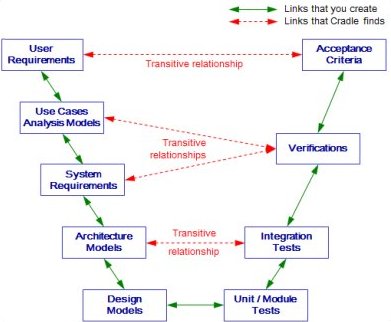



Cradle provides web-based and non-web UIs to enter, view, manipulate and analyse requirements. All parts of these UIs are user-defined. All information can be shown in lists, tables, documents and trees in any desired layout
Cradle provides web-based and non-web UIs to enter, view, manipulate and analyse requirements. All parts of these UIs are user-defined. All information can be shown in lists, tables, documents and trees in any desired layout


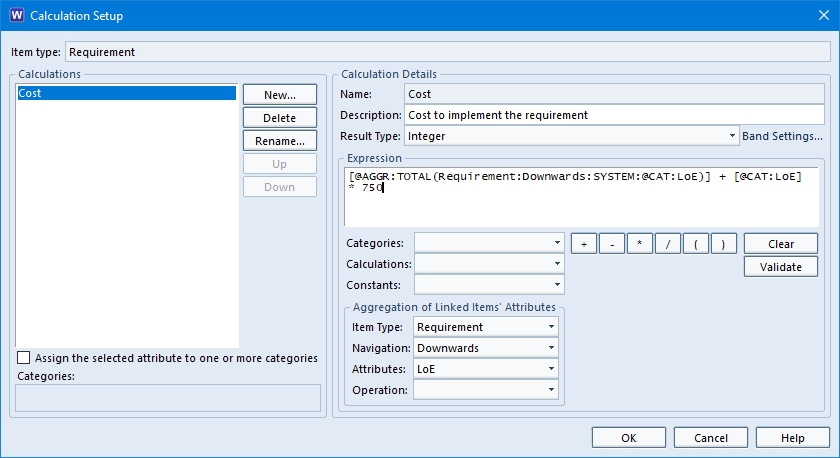



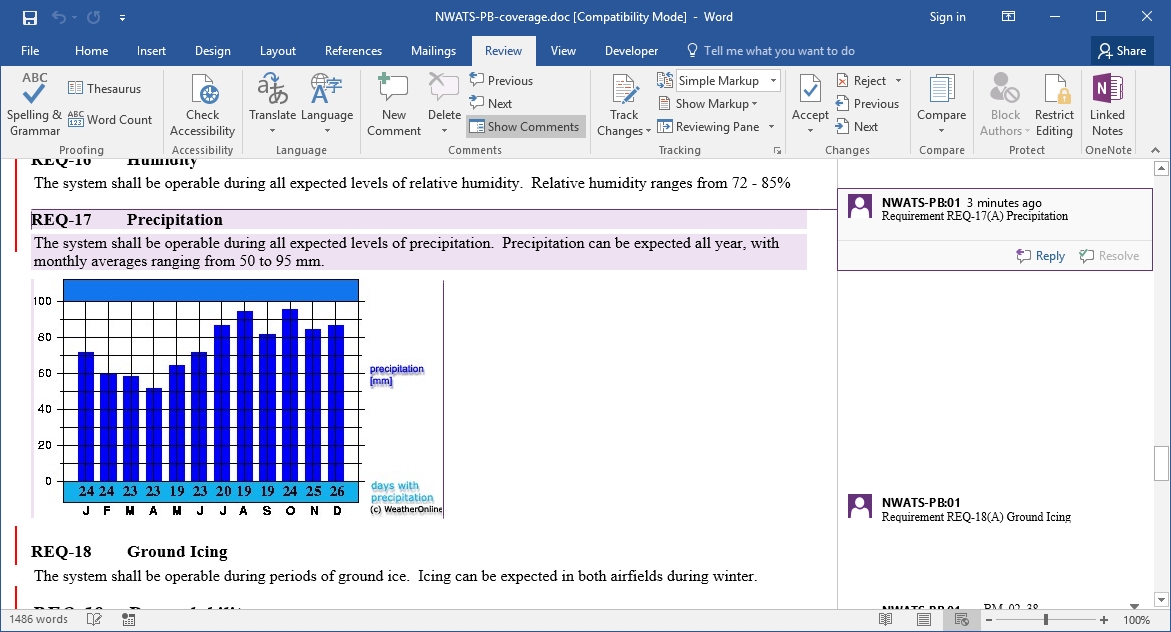



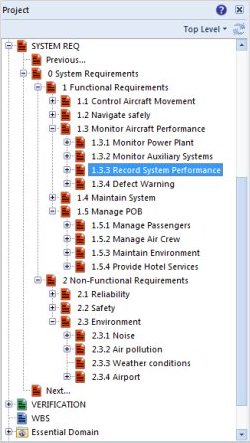



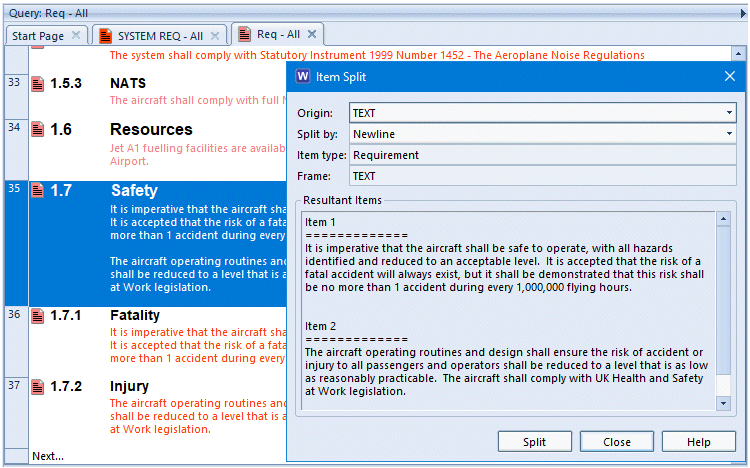



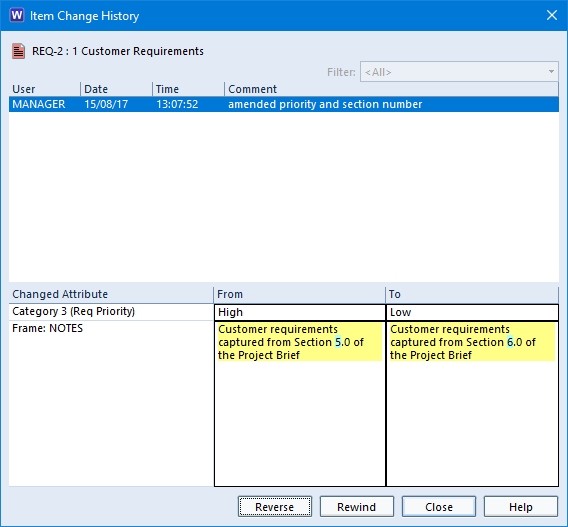











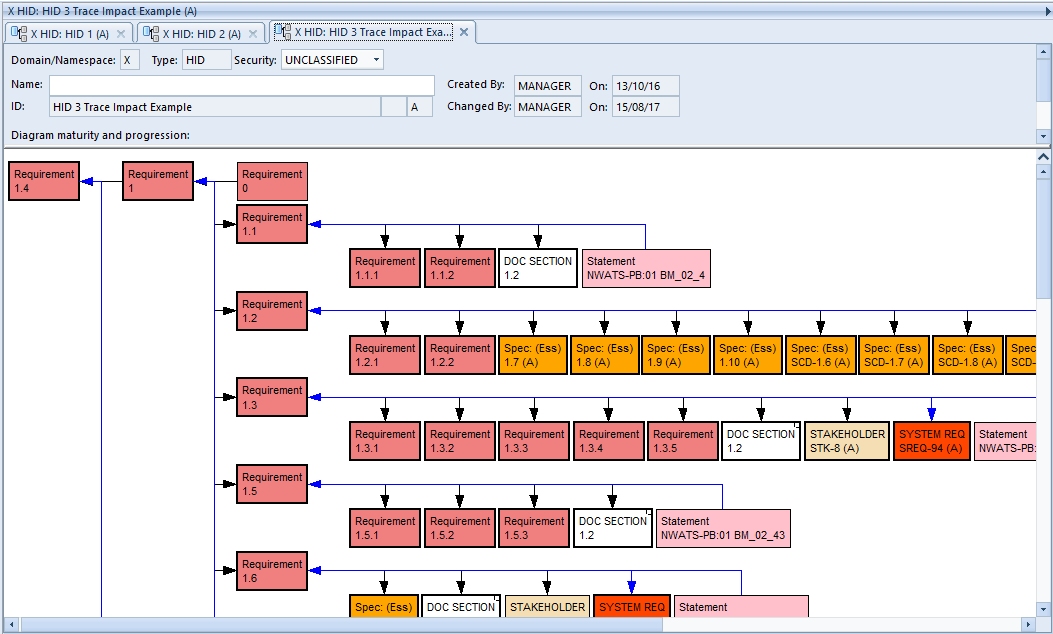



Collectively, these provide the most powerful, flexible and extensible requirements management solution available. But since Cradle can integrate your entire process in one tool, you are not limited to managing requirements in isolation. You can also: